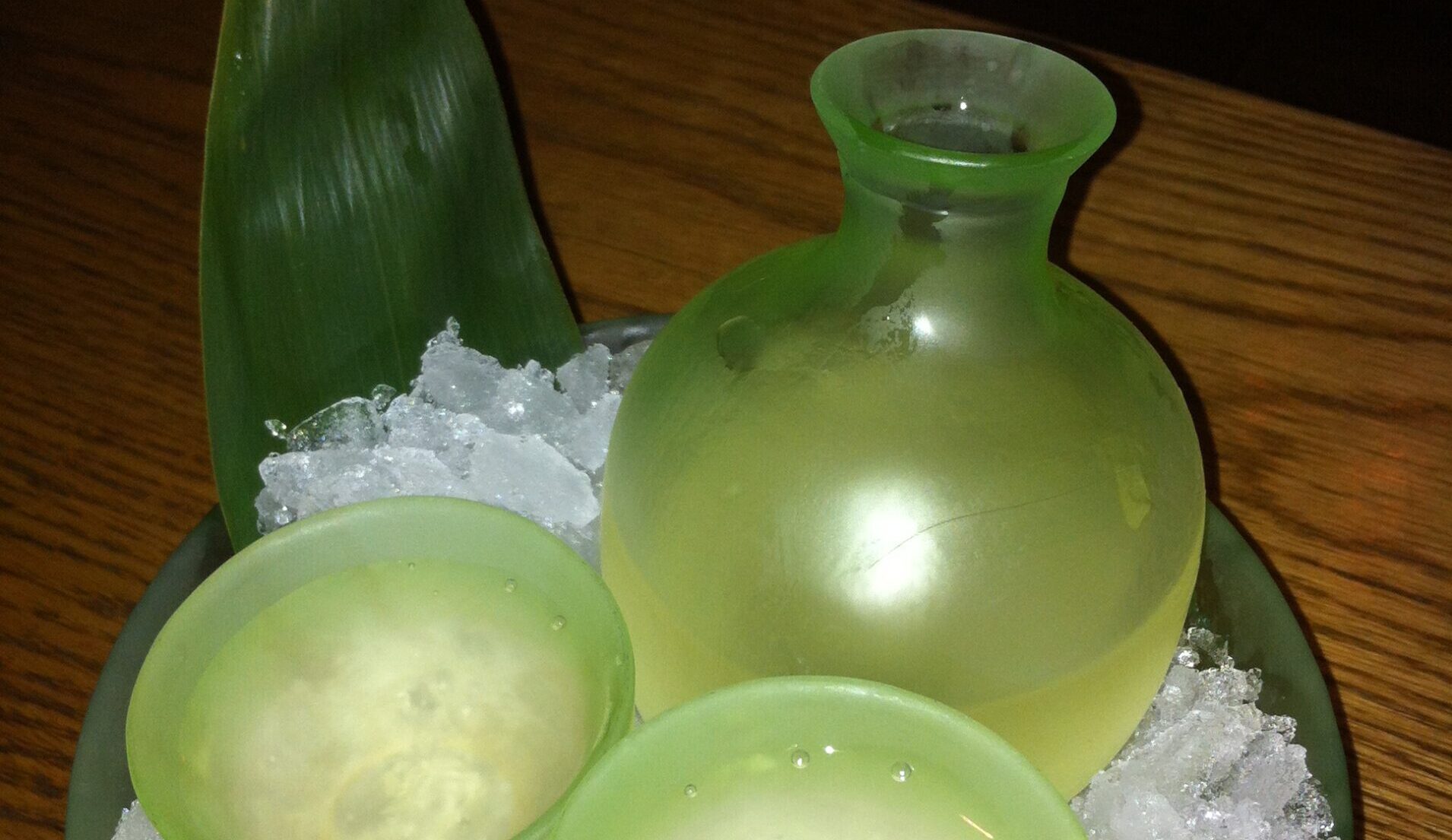Picture yourself standing at the edge of a crystalline lake in Cameroon, the morning mist rising like steam from a perfectly brewed cup of coffee. You breathe deeply, expecting that crisp mountain air – and instead find yourself gasping as invisible carbon dioxide floods your lungs. This is how quickly paradise transforms into peril across our planet’s most deceptive destinations. Mother Nature has crafted her most unforgiving recipes in places so hostile they seem designed to remind us who’s really running this kitchen. These aren’t your typical off-the-beaten-path discoveries where locals wave from doorways and share family recipes. They’re Earth’s ultimate “chef’s special” zones, where the planet essentially hangs a “reservations not accepted” sign written in geological fury and atmospheric chemistry that respects no passport or travel insurance policy.
15. The Cave of Crystals, Mexico: Beautiful Death Chamber

The Cave of Crystals in Naica, Mexico, shimmers with otherworldly beauty as giant gypsum crystals reaching lengths of up to 36 feet fill the cavern like nature’s most spectacular chandelier. Local miners discovered this geological wonder in 2000 while following silver veins deep underground, inadvertently revealing what indigenous Tarahumara people had long considered a sacred underworld chamber forbidden to human entry.
Temperatures soar above 131°F with humidity between 90 and 100%, while toxic gases including hydrogen sulfide and carbon dioxide permeate the air. Mexican mining engineers developed specialized cooling suits essential for even brief exploration, while traditional healers from nearby communities offer ceremonies to request permission from earth spirits before scientific expeditions enter. This geological marvel embodies both supreme beauty and utter hostility to human life, as if Earth decided to create the most gorgeous place on the planet and then make it completely off-limits to mortal visitors.
14. Kawa Ijen, Indonesia: Blue Flame Nightmare

Kawa Ijen in Indonesia emits otherworldly blue flames that create an almost supernatural spectacle in the darkness. These eerie blue lights result from burning sulfuric gases that ignite at temperatures reaching 1,100°F. Local Javanese miners risk their lives daily to harvest sulfur deposits, carrying 80-kilogram loads up treacherous crater walls in conditions that would kill most people within hours.
A highly acidic lake with a pH near zero fills the crater, creating conditions so hostile they seem designed by a mad chemist. The miners, mostly from nearby villages, work without protective equipment beyond wet cloths covering their faces, their traditional knowledge of wind patterns and safe routes passed down through families. The beauty masks a toxic reality where sulfur miners earn less than $5 per day while risking lung damage and acid burns that local healers treat with traditional remedies unavailable anywhere else.
13. Snake Island, Brazil: Viper Territory Dining

Off the coast of São Paulo lies a 110-acre island so densely populated with venomous golden lancehead vipers that the Brazilian Navy prohibits all civilian visits. Local fishermen from nearby communities share stories passed down through generations about boats that drifted too close to shore, their crews never returning home. With an estimated one to five snakes per square meter, Snake Island boasts the highest concentration of venomous snakes anywhere on Earth.
The golden lancehead’s venom is particularly nasty – capable of melting human flesh and killing within hours. These pit vipers evolved in isolation after rising sea levels separated the island from mainland Brazil approximately 11,000 years ago. Coastal communities respect the island’s deadly reputation, with local boat captains refusing charter requests regardless of payment offered. Today, only a few scientists with special permits visit the island, always accompanied by a doctor and antivenom supplies.
12. Valley of Death, Kamchatka: The Beautiful Trap
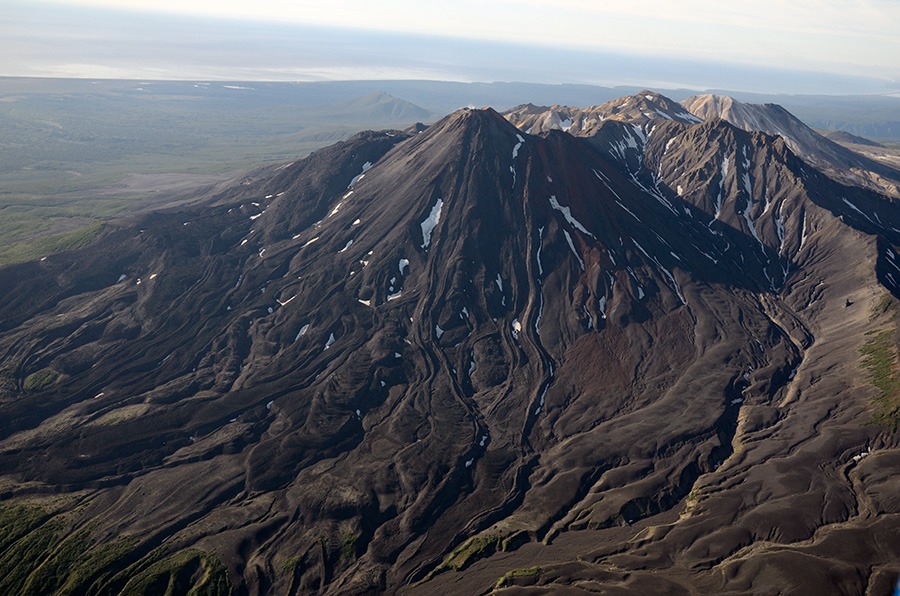
The Valley of Death in Kamchatka displays deceptively breathtaking beauty while hiding a deadly secret beneath its lush vegetation. Local Even and Koryak indigenous peoples have long avoided this valley, passing down oral traditions that describe it as a place where the earth breathes poison and spirits warn travelers away through animal behavior. Toxic gases – carbon dioxide, sulfur dioxide, and hydrogen sulfide – create a lethal mix that seeps from the earth like nature’s most poisonous perfume.
Gas pockets displace oxygen, suffocating any animal that lingers too long in this deadly garden. Conditions change with wind and pressure, making safe passage as unpredictable as the volcanic forces beneath. Russian volcanologists work with indigenous guides whose traditional knowledge of seasonal gas patterns and wildlife warning signs proves essential for safe research expeditions into this beautiful but lethal landscape where every breath might be the last.
11. Lake Karachay, Russia: The Poisoned Chalice
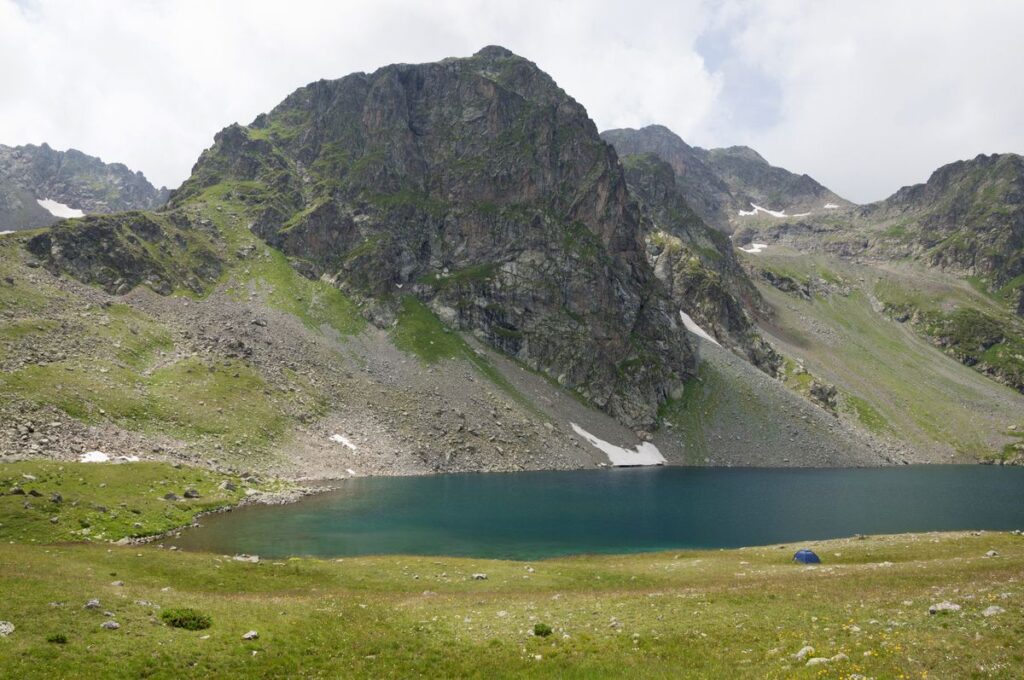
Lake Karachay in Russia appears calm and serene, yet it’s one of the most polluted spots on Earth. During the Soviet era, it was used as a nuclear waste dump, creating radiation levels that reached 600 roentgens per hour in the 1950s – an amount certain to bring death within minutes. Local Tatar communities were relocated without explanation, their traditional fishing grounds transformed into a radioactive dead zone that government officials denied existed for decades.
A 1968 drought exposed radioactive dust, spreading contamination across the surrounding area like nature’s most deadly seasoning. Despite ongoing efforts to contain the waste by backfilling the lake with concrete, the unseen threat remains embedded in local memory and soil. Former residents who return to visit ancestral lands know to stay far from the lake’s deceptive beauty, understanding that their homeland now harbors an invisible killer—much like many other creepy abandoned places left behind by hazardous events.
10. Boiling River, Peru: Amazon’s Scalding Stream
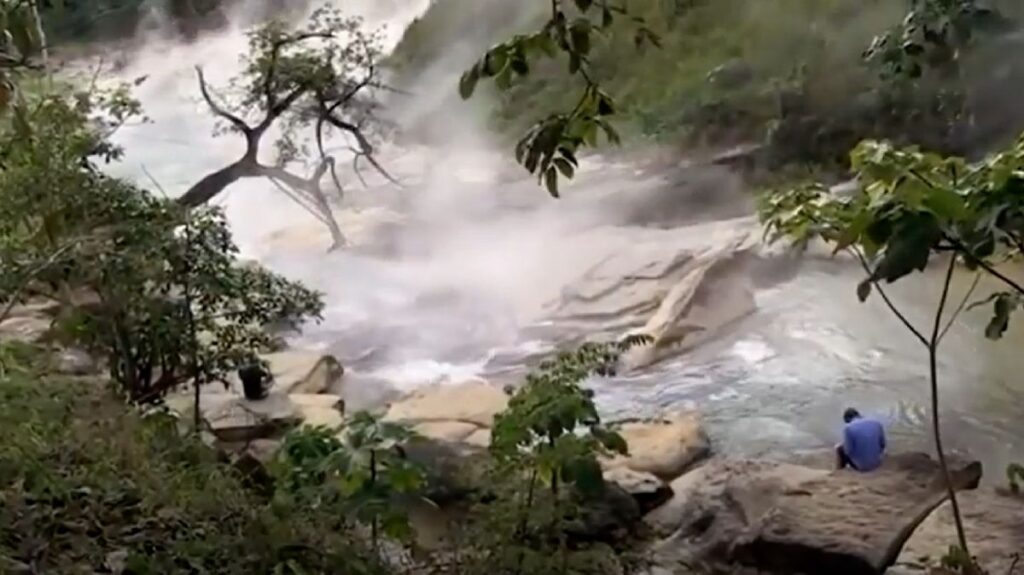
Hidden in Peru’s Amazon rainforest flows a river so hot it kills anything that falls in. The Shanay-Timpishka reaches temperatures of up to 200°F – hot enough to cause third-degree burns in seconds and cook small animals alive. Local Asháninka people consider the river sacred, believing it’s heated by Yacumama, a giant serpent spirit that dwells deep beneath the earth and breathes fire through the water.
Unlike most hot springs, this river isn’t heated by nearby volcanic activity. Instead, geothermal water travels through a fault line deep underground before emerging in the jungle. Indigenous guides approach the boiling sections with ceremony and respect, understanding that certain stretches demand offerings before safe passage. Scientists study the river’s unique extremophile organisms while relying heavily on traditional knowledge from local communities who’ve navigated these dangerous waters for generations.
9. Atacama Desert, Chile: The Sterile Kitchen
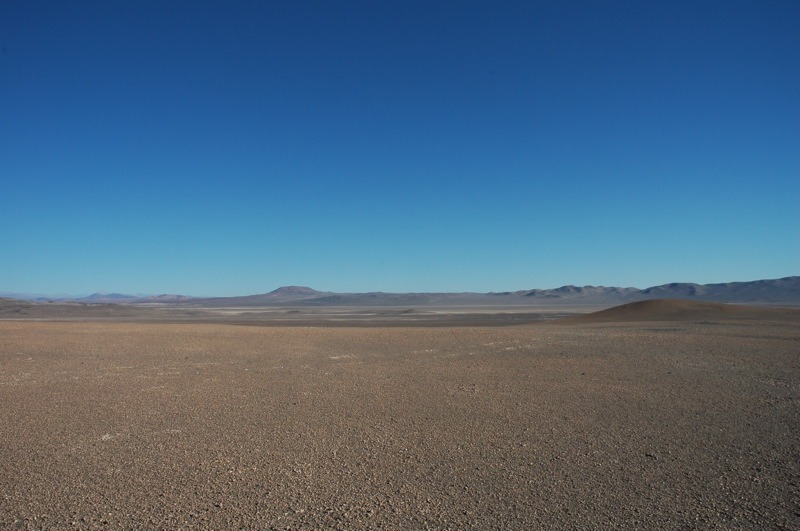
The Atacama stretches across 600 miles of northern Chile, creating a Martian landscape so arid that some weather stations have never recorded rainfall. With average precipitation of less than 0.04 inches annually, this is the driest non-polar desert on Earth – a place where even bacteria struggle to survive. Local Atacameño people developed sophisticated water management systems and astronomical knowledge over millennia, reading celestial patterns that guided survival in this seemingly impossible environment.
The combination of extreme aridity, high altitude, and intense UV radiation creates conditions so harsh that NASA uses the Atacama to test Mars rovers. The desert’s soil is so devoid of moisture that it’s considered biologically sterile—a stark contrast to always-rainy destinations where water is impossible to escape and survival depends on a different set of skills. Indigenous guides from small oasis towns understand which rare water sources remain viable and how to navigate using traditional landmarks invisible to outsiders, knowledge that proves essential for anyone venturing into this beautiful wasteland where dehydration can kill within hours.
8. Mount Merapi, Indonesia: The Fire Mountain

Mount Merapi looms over Java like a temperamental chef, earning its reputation as one of the world’s most active and dangerous volcanoes. Local Javanese communities have developed elaborate warning systems and evacuation procedures refined over centuries of living with this “Mountain of Fire.” Traditional village elders read Merapi’s moods through subtle changes in animal behavior, ground temperature, and sacred spring water levels that often predict eruptions before modern seismic equipment.
What makes Merapi particularly treacherous is its tendency to produce pyroclastic flows – superheated avalanches of gas, ash, and rock that travel at hurricane speeds and incinerate everything in their path. During the 2010 eruption, these flows reached temperatures of 1,300°F and speeds of 70 mph, killing 353 people despite evacuation efforts guided by both traditional knowledge and modern volcano monitoring. Village leaders coordinate evacuations using cell phone networks alongside traditional drum signals that carry across valleys when technology fails.
7. Lake Nyos, Cameroon: The Silent Suffocator
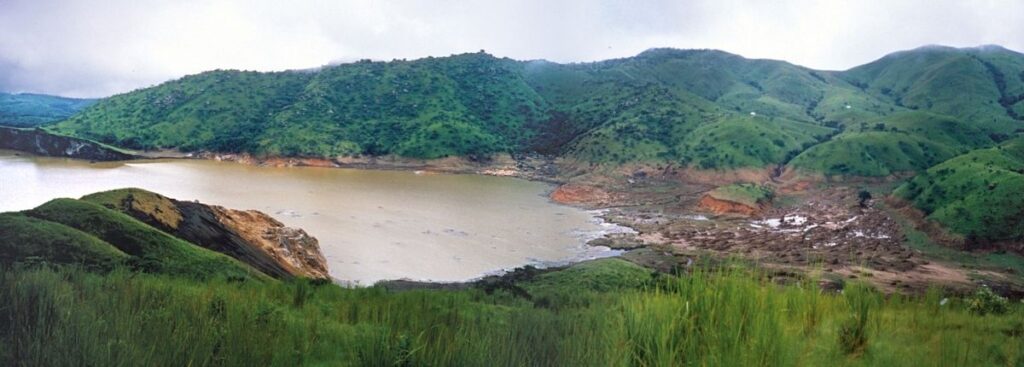
In Cameroon’s rolling highlands sits a deceptively peaceful blue lake that harbors death beneath its surface like a perfectly plated poison. Lake Nyos contains massive amounts of carbon dioxide trapped under pressure in its depths – a natural time bomb that catastrophically exploded in 1986. Local Kom people had lived harmoniously around this crater lake for generations, calling it “bad lake” in their traditional warnings passed down through oral history.
The lake suddenly released a cloud of CO₂ that silently rolled down surrounding valleys, displacing oxygen and asphyxiating nearly 1,800 people and thousands of livestock in nearby villages. Scientists now monitor the lake continuously, with degassing pipes installed to release pressure gradually. Local guides still approach with reverence, understanding what their ancestors knew – some waters demand respect rather than recreation.
6. Erta Ale, Ethiopia: The Smoking Mountain
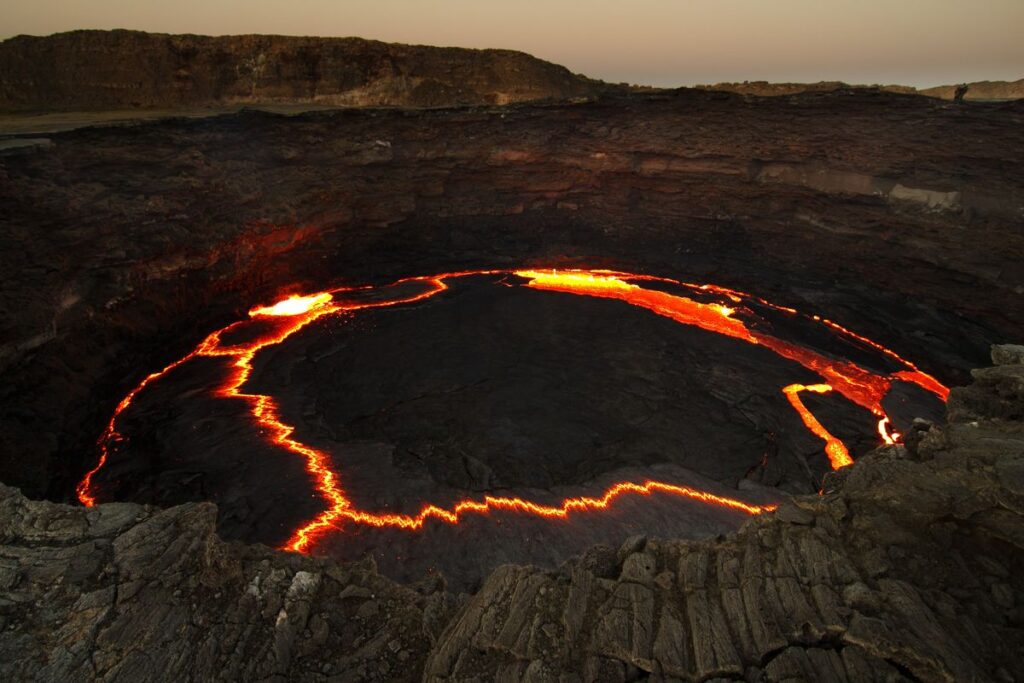
Erta Ale boasts one of the few persistent lava lakes on Earth, creating a rare and mesmerizing sight in Ethiopia’s desolate landscape. Local Afar people call it “the smoking mountain,” a beacon in their harsh homeland that serves as both navigation landmark and sacred site where traditional ceremonies honor the earth’s power. The molten rock seethes at 2,200°F, creating an infernal spectacle that lies within the Danakil Depression, one of Earth’s hottest places.
High sulfur dioxide levels make the air toxic, requiring protective gear for even brief visits by scientists and the few adventure tour guides brave enough to lead expeditions here. The 2017 fissure eruptions reshaped the surrounding terrain, demonstrating that this volcanic kitchen constantly remodels itself. Afar guides read wind patterns and volcanic activity through traditional knowledge passed down through generations of desert nomads, understanding that survival here depends on respecting both the mountain’s beauty and its lethal temperament.
5. Dallol Hydrothermal Field, Ethiopia: Nature’s Toxic Kitchen

The Dallol Hydrothermal Field stretches across Ethiopia like a fever dream where the planet seems to be actively trying to poison itself. Local Afar people have navigated this lunar landscape for centuries, harvesting salt from deposits while carefully avoiding the most toxic areas their elders marked as forbidden territory. With daytime temperatures regularly exceeding 113°F and geothermal pools bubbling with acids strong enough to dissolve metal, this alien terrain creates conditions where even bacteria struggle to survive.
The neon-yellow sulfur formations and acid lakes create a psychedelic hellscape that would look right at home in a David Lynch film. The air itself is a cocktail of poisonous gases – hydrogen sulfide, sulfur dioxide, and hydrochloric acid – that can cause respiratory damage with just brief exposure. Afar salt miners work here in rotating shifts, their traditional knowledge of wind patterns and safe routes proving more valuable than any modern safety equipment.
4. The Elephant’s Foot, Chernobyl: Radioactive Ruin

Deep within Chernobyl’s ruins lies a shapeless mass of corium known as the Elephant’s Foot – perhaps the most dangerous substance ever created by human accident. Local Ukrainian liquidators who first discovered this radioactive blob understood immediately that they were witnessing something unprecedented in human history. In its early days, this deadly formation emitted 10,000 roentgens per hour, an instantly lethal dose that could kill within minutes of exposure.
Technicians risked their lives to photograph it, knowing radiation sickness would follow their brief encounter with this monument to nuclear disaster. The iconic photograph serves as a chilling reminder of both human courage against unimaginable power and the price of technological hubris. Today, Chernobyl tour guides maintain respectful distance from the site, sharing stories of the brave men who documented this radioactive legacy while paying the ultimate price for their sacrifice.
3. Kilauea Volcano, Hawaii: The Goddess’s Molten Kitchen
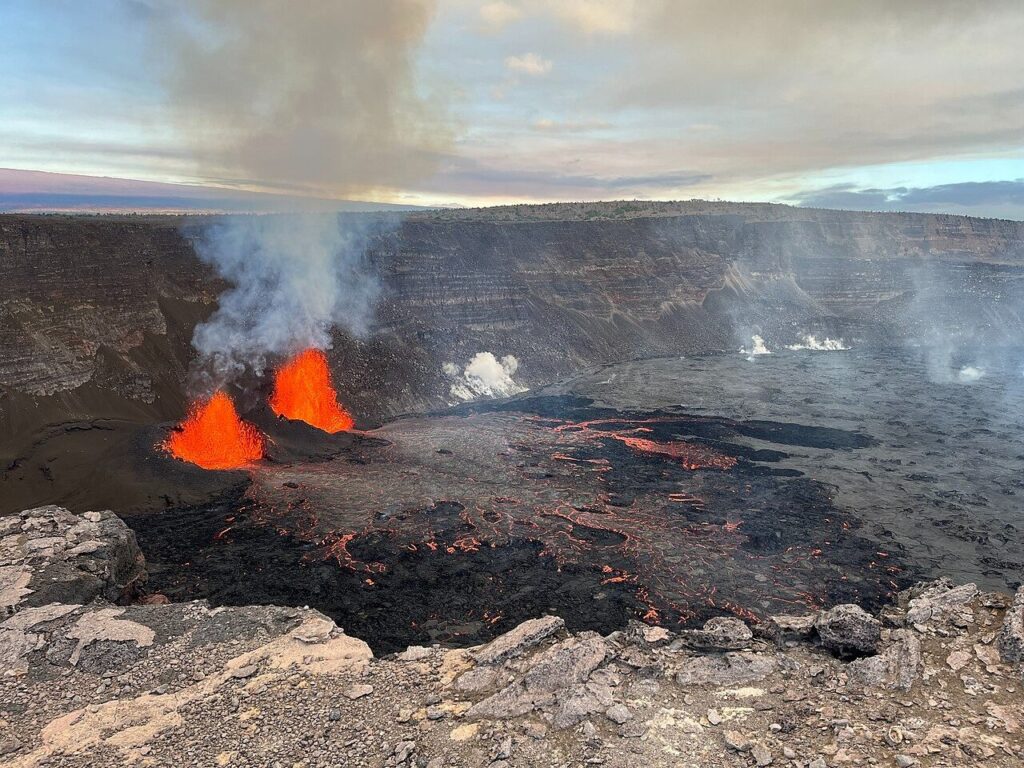
Hawaii’s Kilauea transforms tropical paradise into a showcase of Earth’s molten fury, where lava lakes seethe at temperatures reaching 2,200°F. Native Hawaiians have long understood Kilauea as the sacred home of Pele, the volcano goddess, whose moods determine whether the island grows or burns. Local cultural protocols still guide respectful observation of eruptions, with traditional chants and offerings acknowledging Pele’s power.
During major eruptions, lava fountains shoot hundreds of feet into the air while rivers of molten rock flow toward the ocean. The 2018 eruption destroyed over 700 homes yet created new black sand beaches, embodying the Hawaiian concept of creative destruction. Beyond the obvious danger of lava, Kilauea produces “laze” – toxic steam clouds formed when molten rock meets seawater. Local guides know to read wind patterns and ocean conditions, skills passed down through generations of living with an active volcano.
2. Death Valley, USA: The Heat Chamber
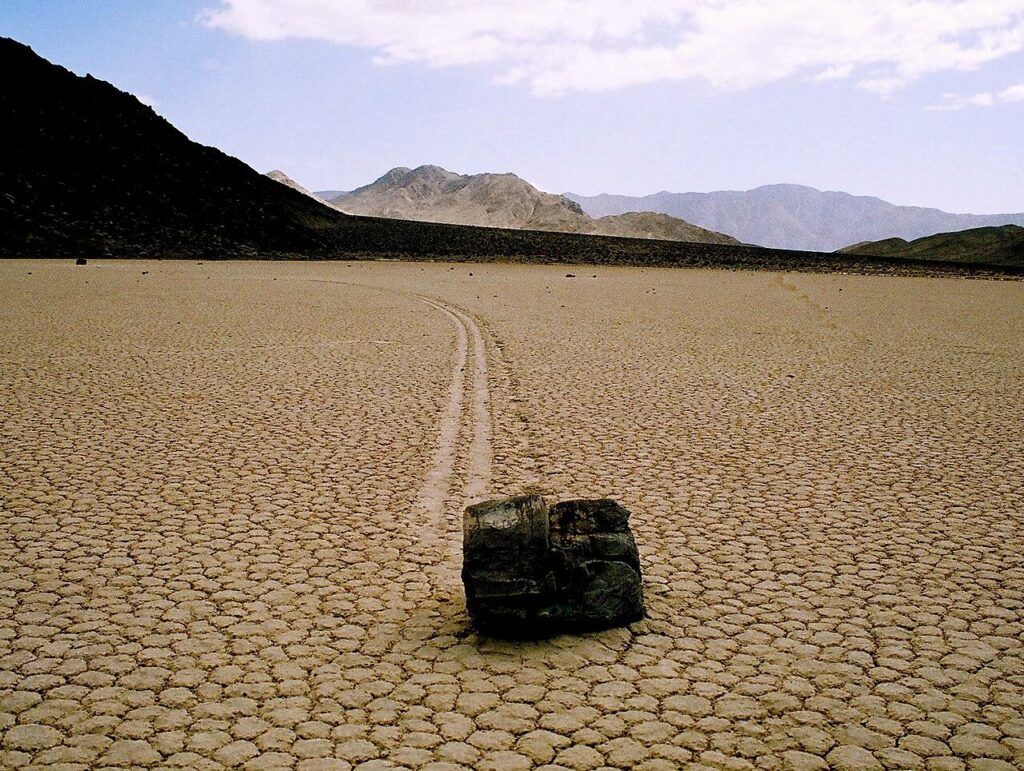
Death Valley earns its ominous name by holding the record for the highest reliably recorded air temperature on Earth: a blistering 134°F. This vast desert basin sits 282 feet below sea level and traps heat between its mountain ranges with brutal efficiency, creating nature’s most unforgiving oven. The indigenous Timbisha Shoshone people survived here for over 1,000 years through intimate knowledge of hidden springs and seasonal migration patterns that modern visitors rarely understand.
The Racetrack Playa within Death Valley presents additional hazards with ground temperatures easily surpassing 200°F, baking the desert floor like nature’s most hostile griddle. Park rangers share stories of rescued hikers found delirious after just hours in summer heat, their GPS devices melted and water supplies long exhausted. Despite these hazards, Death Valley National Park attracts over a million visitors annually, though experienced guides recommend visiting only during winter months when temperatures drop to merely uncomfortable levels.
1. Mariana Trench, Pacific Ocean: The Crushing Depths
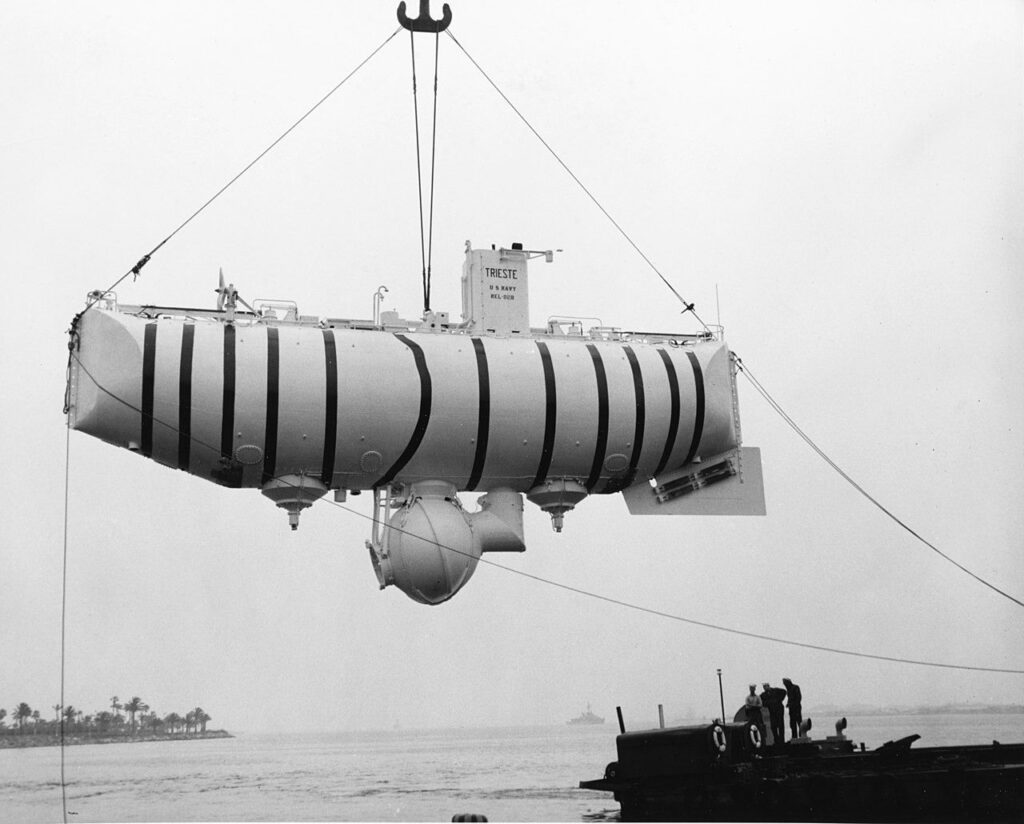
The Mariana Trench plunges 36,200 feet below sea level, creating pressures over 1,000 times greater than at sea level – enough to instantly crush any unprotected human body. James Cameron famously descended to Challenger Deep in 2012, becoming only the third person to reach Earth’s deepest point and the first to do so solo. The crushing pressure at these depths equals 50 jumbo jets pressing down on every square meter.
Even specialized submersibles require titanium spheres to protect their occupants from the bone-crushing environment. The few creatures that survive here have evolved extraordinary adaptations, including proteins that function under extreme pressure and bodies filled with specialized fluids. Marine biologists studying these depths rely on robotic vehicles costing millions of dollars, as human exploration remains limited to a handful of the world’s most advanced deep-sea vessels capable of withstanding the crushing force of the ocean’s deepest trenches.










